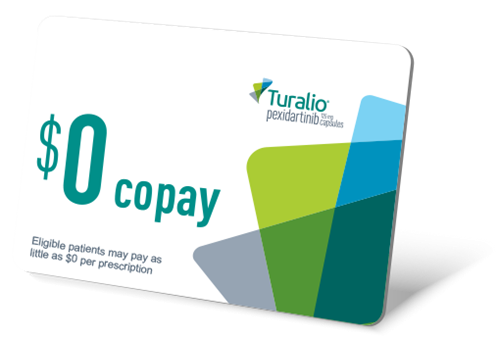TURALIO is available through a single specialty pharmacy

TURALIO is only available through Biologics.
Submit TURALIO prescriptions to Biologics via your preferred prescribing method.
Biologics will ship the medication to the patient’s preferred location.
$0 TURALIO Copay Program
Eligible commercially insured patients may pay as little as $0 per prescription, with a maximum benefit of $25,000 per calendar year.
- No income requirements
- Patients participating in federal healthcare programs—including but not limited to Medicare, Medicaid, TRICARE, and Veterans Affairs—are not eligible
- Other terms and conditions may apply. For more information, please visit DSIAccessCentral.com/HCP/TURALIO



Learn about the specialty pharmacy process for TURALIO, view relevant codes, and discover programs that can help address coverage issues.
Visit Daiichi Sankyo Access Central to learn more.



Learn about the financial assistance offers for patients prescribed TURALIO, including a copay program, patient assistance program, and third-party foundations.
Visit Daiichi Sankyo Access Central to learn more.



Find the tools and forms you need all in one place for easy download to assist with patient access and support for TURALIO.
Visit Daiichi Sankyo Access Central to learn more.

ENLIVEN DATA



 Find a TGCT Center
Find a TGCT Center



